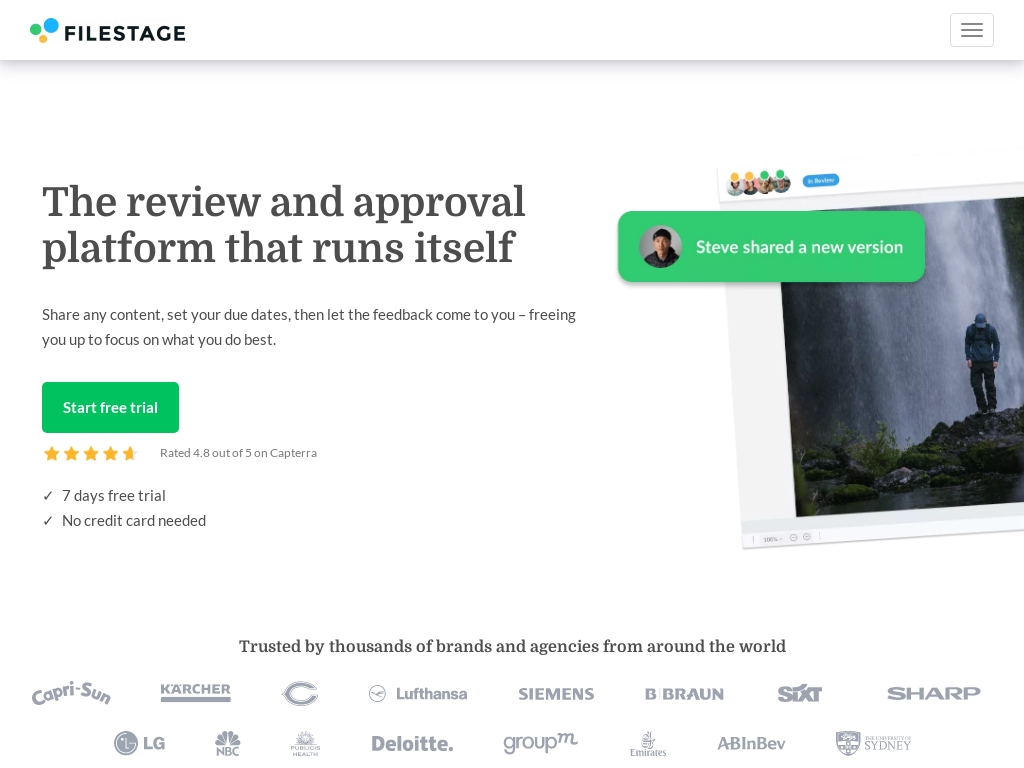
2 Team Collaboration Software Success Stories [2024]
In an ever-expanding digital world, efficient teamwork is no longer constrained by physical borders. Enter, team collaboration software, an innovation designed to combat communication and coordination hurdles within remote teams.
In its simplest form, this business idea is about creating a digital platform where team members can connect, share ideas, manage tasks, and monitor project progress, regardless of their geographical location. Not just another chat tool, but a whole eco-system that takes care of everything from task delegation to document sharing, schedule management and beyond.
Consider this: our world is rapidly moving towards remote work and digital collaboration. With these changing dynamics, the demand for effective team collaboration software is only going to increase. As digital footprints expand, the potential for your software to empower teams globally does too.
It's a dynamic venture with a real chance of creating a significant impact. Building a helpful tool which enhances productivity and smoothens the collaboration process could be the shot worth taking. The time and resources spent will be a worthwhile investment, as you cater to the mounting needs of our ever-evolving digital landscape.
In this list, you'll find real-world team collaboration software success stories and very profitable examples of starting a team collaboration software that makes money.
1. Filestage ($3M/year)
Hey, my name is Niklas Dorn and I'm the CEO and co-founder of Filestage. We started the company in 2015 after realizing how messy and complicated the feedback process was for agencies and marketing teams when it comes to content creation. Our software makes it easy for teams to share, comment, and approve any digital content, and today we have over 600 customers and 50,000 users worldwide.
How much money it makes: $3M/year
How much did it cost to start: $200K
How many people on the team: 50

Filestage is a content review and approval software that started in 2015 and now has over 600 customers and 50,000 users worldwide, offering an efficient approval process for digital content such as videos, images, pdf, podcasts, and entire websites.
2. Ora ($252K/year)
Nikolay Mihaylov, along with his co-founders Vasil Enchev and Nikolay Yanev, came up with the idea for Ora PM while working at Codemotion in 2015. As they were managing their work with existing project management systems like Trello and Slack, they realized the need for a more sophisticated system with time tracking. Unable to find a suitable solution in the market, they decided to create their own project management system, which eventually evolved into Ora.
How much money it makes: $252K/year
How much did it cost to start: $50K
How many people on the team: 5

Ora PM is a project management system that generates an average monthly revenue of $21k, and is designed for use by individuals as well as companies with big projects.

Download the report and join our email newsletter packed with business ideas and money-making opportunities, backed by real-life case studies.

Download the report and join our email newsletter packed with business ideas and money-making opportunities, backed by real-life case studies.

Download the report and join our email newsletter packed with business ideas and money-making opportunities, backed by real-life case studies.

Download the report and join our email newsletter packed with business ideas and money-making opportunities, backed by real-life case studies.

Download the report and join our email newsletter packed with business ideas and money-making opportunities, backed by real-life case studies.

Download the report and join our email newsletter packed with business ideas and money-making opportunities, backed by real-life case studies.

Download the report and join our email newsletter packed with business ideas and money-making opportunities, backed by real-life case studies.

Download the report and join our email newsletter packed with business ideas and money-making opportunities, backed by real-life case studies.




